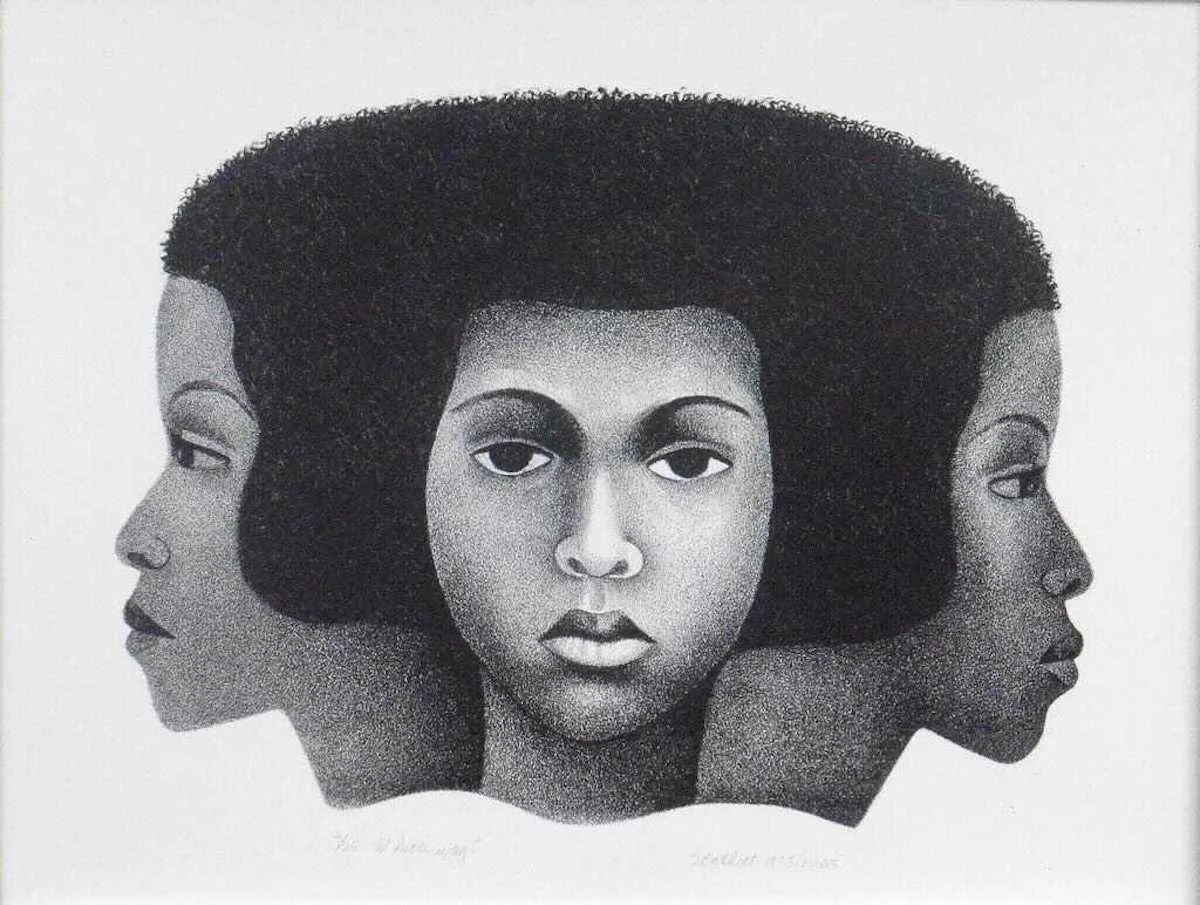via: ono
Notes:
Yoko Ono stands as a pivotal figure in the realm of contemporary art, renowned for her multifaceted and boundary-pushing contributions to visual culture, performance art, and conceptualism. Embracing avant-garde sensibilities, Ono's work transcends conventional artistic boundaries, often challenging societal norms and inviting viewers to reevaluate their perceptions of art and the world around them. Her iconic performance piece "Cut Piece," in which she invited audience members to approach her and cut away pieces of her clothing, serves as a powerful exploration of vulnerability, agency, and the relationship between artist and audience. Through such provocative and deeply personal works, Ono has left an indelible mark on the art world, inspiring countless artists to push the limits of creative expression.
Central to Ono's practice is her unwavering commitment to promoting peace, unity, and social change through art. From her iconic "Imagine Peace" installations to her ongoing activism and advocacy work, Ono consistently utilizes her platform as an artist to address pressing global issues and advocate for positive change. However, some critics have argued that her work can occasionally be overshadowed by her association with John Lennon, with her individual artistic merits at times being overlooked in favor of their collaborative efforts. Nevertheless, Ono's dedication to using art as a tool for social and political transformation remains a cornerstone of her legacy, inspiring generations of artists to harness the power of creativity for the greater good.
Despite any criticisms, Yoko Ono's impact on the art world is undeniable, with her influence extending far beyond the confines of traditional artistic mediums. Through her fearless experimentation, unwavering activism, and unapologetic commitment to artistic expression, Ono has carved out a unique and enduring legacy that continues to resonate with audiences around the globe. As both an artist and a cultural icon, she continues to challenge conventions, provoke thought, and inspire change, solidifying her status as one of the most influential and trailblazing figures in contemporary art history.
- RJG




